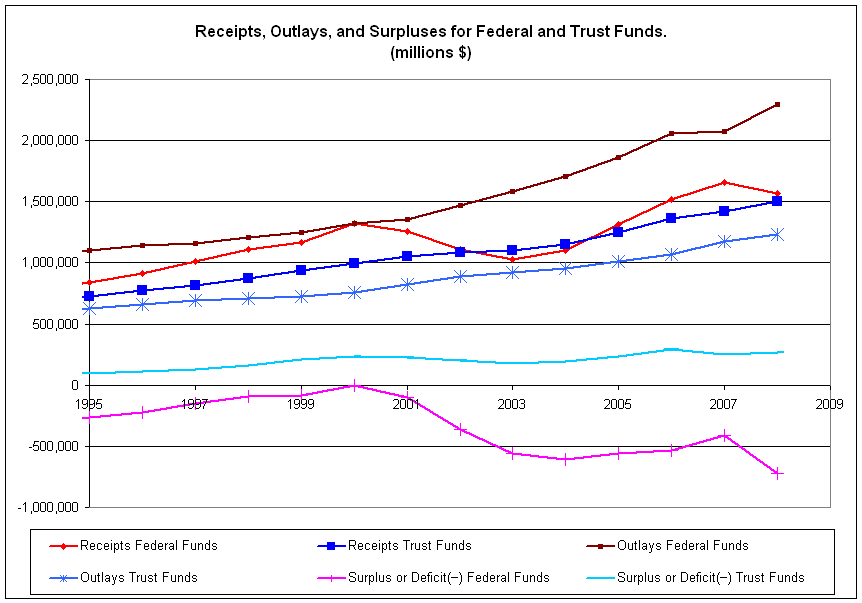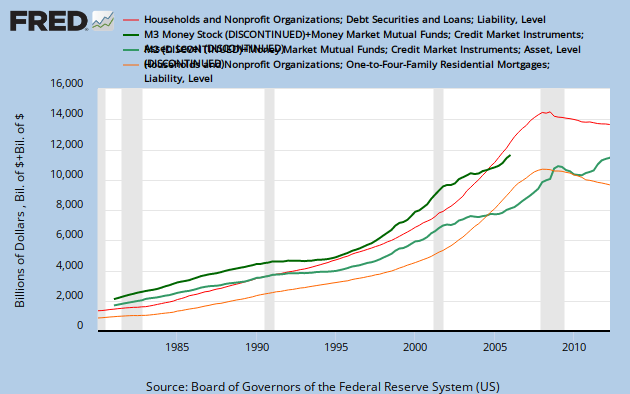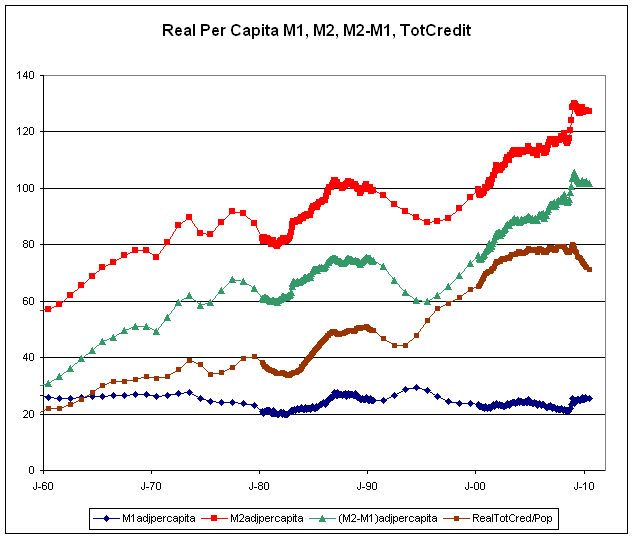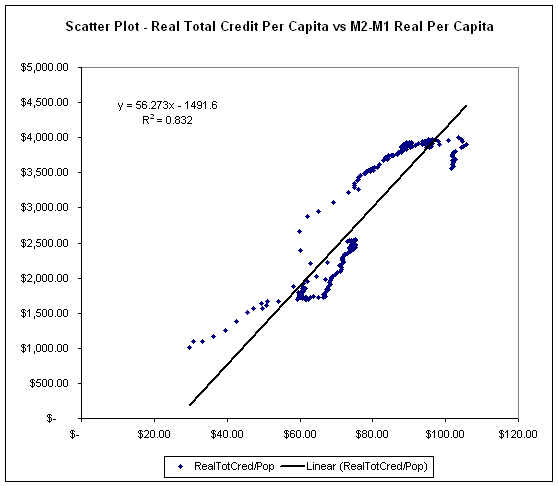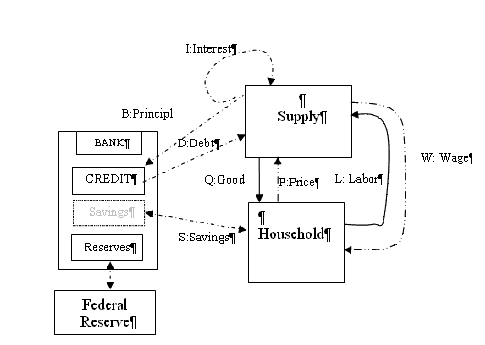itfitzme
VIP Member
discretionary vs. mandatory spending ?You cannot mix accounts.
Clinton-era "high" social spending, lamented by "conservatives", continued on under Bush -- as if in political compromise, per Greenspan's comments -- without decrease. i did not say, "Dems demanded higher spending", only that (stereotypically) "high" liberal social spending stayed the same. Bush, compromising to maintain his mandate, tolerated Democratic spending, for Republican Tax-cutsThere is no data to support "Dems demanded high (social) spending".
Nah, not necessarily 'discretionary vs. mandatory spending'.
But there is the thing that I realized when I was going over the history. It doesn't matter. Medicare and SSI, the major social spending programs, are self funded. The tax changes of 2001 and 2003 have nothing to do with Medicare and SSI. Lowering the corporate and individual tax rates does not decrease funding for Medicare and SSI. In order to affect Medicare and SSI, FICA and SECA taxes have to be the ones to change.
Medicare and SSI are trust funds. They are paid for with the FICA and SECA taxes along with drawing on the trust funds.
Military spending only applies to corporate and individual taxes.
FICA and SECA <=> Medicare and SSI.
Military and other stuff <=> corporate and individual taxes.
We can't cross match them.
In truth, the federal receipts and outlays should be presented as separate accounts, not an absolute total. It's convenient to look at the total, after all, any deficit has nothing to do with Medicare and SSI anyways.
Medicare and SSI don't have a 'deficit'. They are drawing on their trust fund accounts. That is the whole hoopla about them. As separate accounts, they are drawing their savings. Alone, that isn't particularly unusual. That's really the idea of the trust funds, to save cash when outlays are low, then draw on it when they are high. The problem is that not enough was paid in and the exploding medical costs and baby boomer retirees are drawing more then the funds can sustain. But this is a completely separate issue then the deficit.
That's why I'm saying, we really need to look more closely at things before we can make a general statement about "Dems demanded high (social) spending".
FICA and SECA are really not that big of a tax. They didn't need to be because the ratio of retirees to employed workers is low.
What "Clinton-era "high" social spending" are we talking about? I will gladly see if the idea can be validated, if you can be more specific. I just don't know what to look at because I find no indication of "Clinton-era "high" social spending". How high? How much dollars? What percentage change, exactly? What percentage of the GDP? More importantly, what government budget category? "Social spending" could mean anything.
Outlays, real dollar per cap, was flat for decades. It only went up after 2001 due to the increased military budget.
p.s. I can't get through all of your material. I'd like to but I gotta get some work done.



